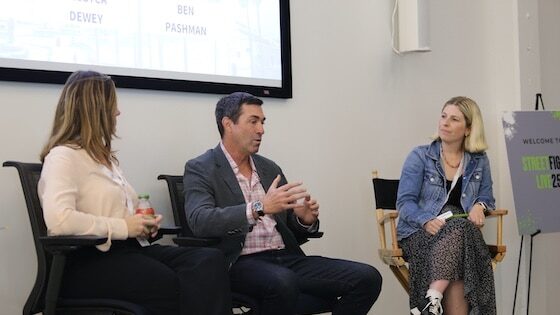Walmart is at it again. One week after we examined its new retail-as-a-service play (RaaS), it’s doubling down with a similar service for delivery. Known as GoLocal, it will package up Walmart’s delivery logistics engine — the same one it uses internally — for third party retailers that need to raise their delivery game.
Before getting into GoLocal’s particulars, what does Walmart bring to the table as a delivery engine? It has built up its Express Delivery service in the on-demand era (and Covid era) to include a robust set of capabilities. These include delivery operations such as order management, fulfillment and logistics.
To put some numbers behind that, Walmart Express Delivery has scaled up to 160,000+ products across 3,000 stores, reaching about 70 percent of the U.S. population. GoLocal is essentially the productized version of that stress-tested capability, which can scale up and down based on retailers’ needs.
The RaaS Playbook
Going Deeper on GoLocal, it will let retailers offer their customers a range of delivery options including scheduled, unscheduled, same-day and other time intervals. Systems integration happens via GoLocal’s API that plugs into a given retailers’ commerce platform to facilitate order processing and fulfillment.
But it’s not just software… Walmart is putting the “service” in retail-as-a-service. In other words, last-mile capabilities such as physical delivery will be handled by Walmart’s Spark Driver program. This is its homegrown on-demand delivery network that taps local gig workers to fulfill delivery.
These logistics will evolve over time into Walmart-fulfilled delivery. In other words, physical delivery will be a GoLocal feature, fulfilled by actual Walmart associates and trucks. This presumably achieves better logistics and unit economics, given the economies of scale in Walmart’s broader delivery operations.
More first-party control over the last mile will also allow Walmart to own its quality control, including refrigerated trucks and larger-batch deliveries (again, economies of scale). This could also notably include some of the other delivery innovations Walmart is piloting today including autonomous vehicles and drones.
The bottom line is that Walmart wants to productize and democratize delivery, thus letting retailers not have to think about it and focus instead on what they do best. More importantly, this lets Walmart squeeze more value out of an internal asset and achieve SaaS-like recurring revenue — the RaaS playbook.
One-Two Punch
That brings us back to the broader RaaS play. After Walmart’s recent retail systems spin-out, GoLocal completes the RaaS one-two punch, and likely isn’t its final move. This also follows several Amazon’s RaaS moves such as its “Just Walk Out” technology, Amazon One palm scanners and smart salons.
One advantage in all of the above is revenue diversification. The thought is that investments in technologies to raise one’s own retail game can then be monetized in SaaS fashion. Walmart has ample value to offer here, as it has accelerated its tech investments in the recent past… partly to catch up to Amazon.
In addition to diversifying revenue and making it more recurring, the RaaS play could have a data angle. In other words, Walmart could gain access to a more varied set of local delivery data that helps it optimize its own delivery logistics (a la Amazon). That includes routing and fulfillment-center placement.
Meanwhile, Walmart says all retailers are eligible for GoLocal and it’s built to scale up and down to any sales volumes. It already has a handful of merchant partners that have piloted GoLocal, including unnamed national retailers. Pricing for GoLocal is likewise undisclosed but will be variable, based on scale.




